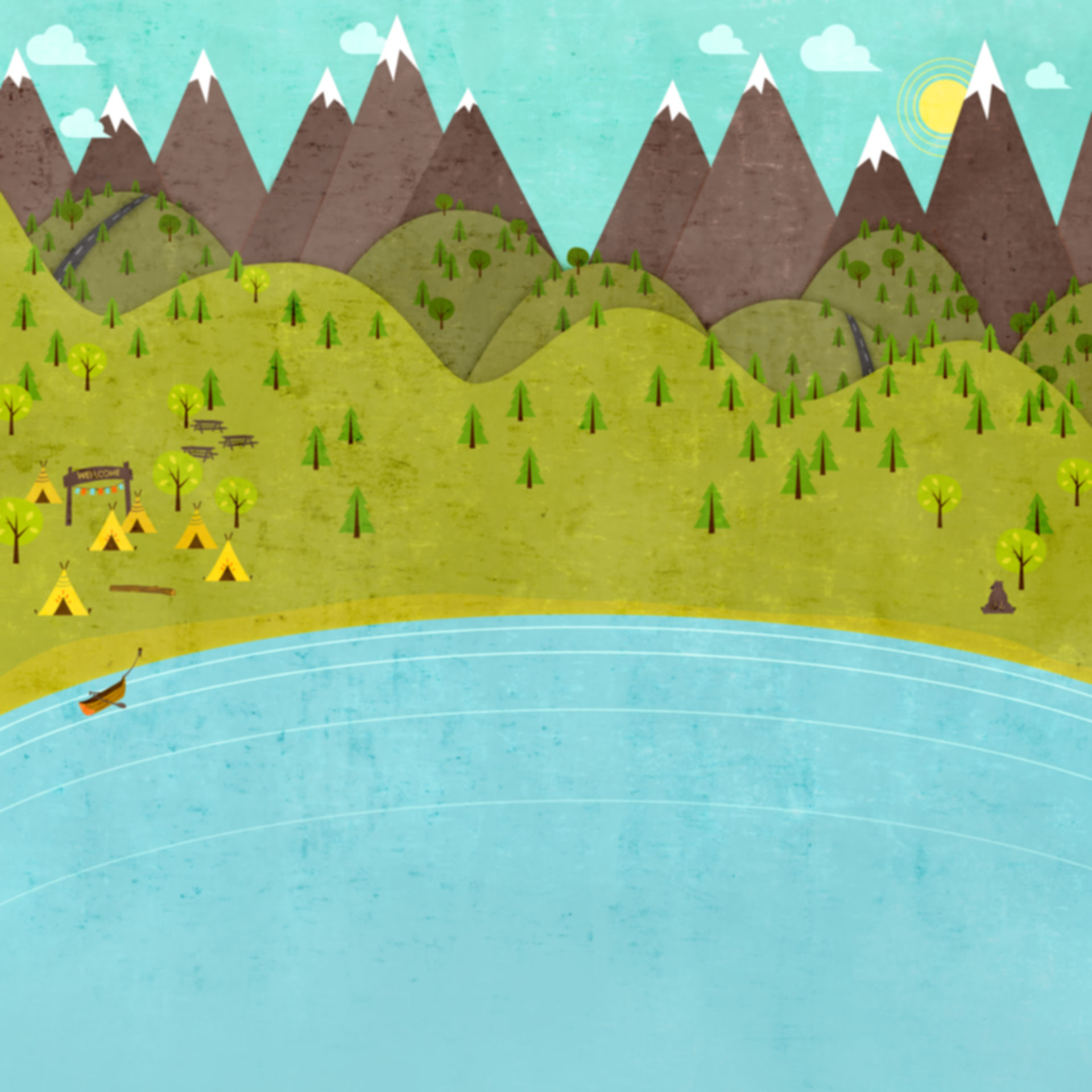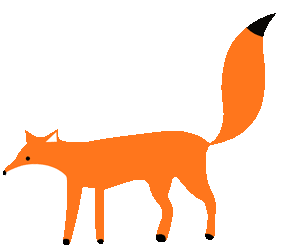
A Good Investment for Alberta?
Wind Power







Humans have been harnessing wind energy for many millennia and for a variety of purposes such as propelling watercraft, pumping water, or grinding grain. Holland, where windmills have been used as drainage pumps since the 15th century, provides a notable example in this respect. The use of windmills not only permitted the reclamation of land from the sea but also contributed to the transition of the country's small towns to important commercial centres. Windmills came to play an important role as sources of power and were also used for sawing the wood that fuelled the shipbuilding industry which, in turn, lead to the success of the Dutch trading empire.
The first wind turbines, large windmills used for electricity generation, appeared in Denmark as early as the 1890 during the industrialization. However, it was only in the early 1980s that the development of wind energy underwent a dramatic rebirth. Since then, it has become one of the most mature and most important of the renewable sources of power. Accordingly, wind power has also come to be almost cost-competitive with conventional sources of electricity generation, and will become increasingly so as the latter are expected to become more expensive in the future.
During the course of this webquest you will have the opportunity to investigate in depth the many facets that render wind power desirable as well as those that render it problematic under certain circumstances.
While emitting less carbon dioxide and air pollution as well as exploiting the virtually inexhaustible energy of air motion - caused by the uneven heating of our planet's surface, - extensive wind farm developments can significantly impact local environments.
Three issues are most noted in the literature: the noise - both mechanical and aerodynamic noise, - the effect on birds and wildlife in general, and the visual intrusion in the landscape. Additionally, wind farms are often located in places where they have the least impact on climate and health by virtue of the fact that they do not displace dirty conventional power sources. This raises questions about the efficiency of transmitting large amounts of electrical power over long distances from the points of generation to the points of consumption so that areas with scarce wind resources may also benefit from the boons of renewable technologies.
It is also the case that the variability in wind speed, direction, and duration induces fluctuations in the power output of wind farms, which requires that conventional power generators also be employed whenever necessary to ensure the reliable provision of power to customers at all times - this is referred to as power plant cycling.
Wind farms located offshore constitute a promising alternative in that public acceptance is oftentimes easier to obtain, wind speeds are higher, and turbulence levels are lower than onshore. However, operating and maintaining offshore facilities involves higher costs.
As you can see the implementation of renewable technologies poses complex issues. It is up to you to thoroughly research this topic and to formulate a nuanced point of view that incorporates the many considerations briefly outlined above. Also, to what extent is wind power well-suited to the Albertan context?
Wind Power
Humanity's increased reliance on fossil fuels for power generation threatens not only the global climate - through both increased levels of greenhouse gas emissions and environmental degradation - but also global relations, as nations vie to assert their control over scarce strategic resources. It is for this reason that the availability of fossil fuel supplies should not constitute the main limiting factor in our consumption of fossil fuels. A shift in current energy consumption patterns in conjunction with promoting the use of renewable - green - energy sources will undoubtedly prove critical to the achievement of energy sustainability and, therefore, to ensuring a more secure future for humanity.
Energy derived from renewable sources includes solar energy, wind power, geothermal energy, hydroelectricity, and biomass - in the form of organic material derived from plants or animals. Deploying as many types of renewable energy technologies as feasible, alongside conventional, non-renewable ones, to meet the world energy demand enhances security by eliminating the possibility of inordinate dependence on any one single source of energy. This is referred to as energy diversification. Also, as all renewable forms of energy inevitably have certain disadvantages, diversification also serves to mitigate their impact in the aggregate by striking the right balance among them as dictated by regional environmental considerations.
Preamble - Renewable Energy Sources

One of the traditional pumping mechanisms of windmills.

Growth in wind turbine size between 1980 and 2003.

Power output of a wind turbine in low wind speeds.

European offshore wind atlas.

Growth in installed wind power generation capacity and wind turbine price reduction.

'Grandpa's Knob' power generator on a hilltop in Rutland, Vermont. It was rated at 1.25 MW in 30 miles per hour winds.

